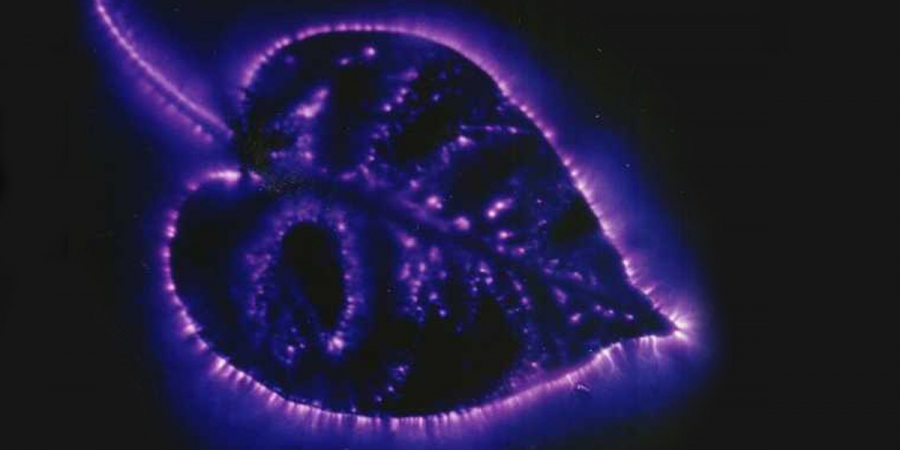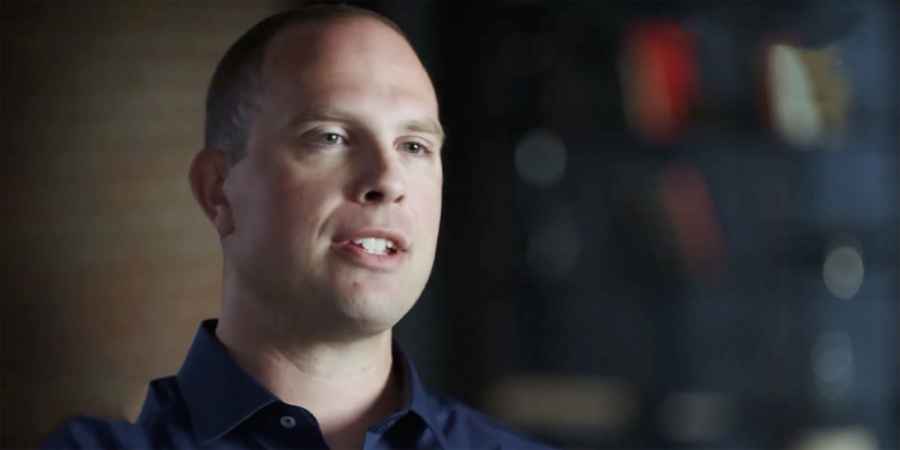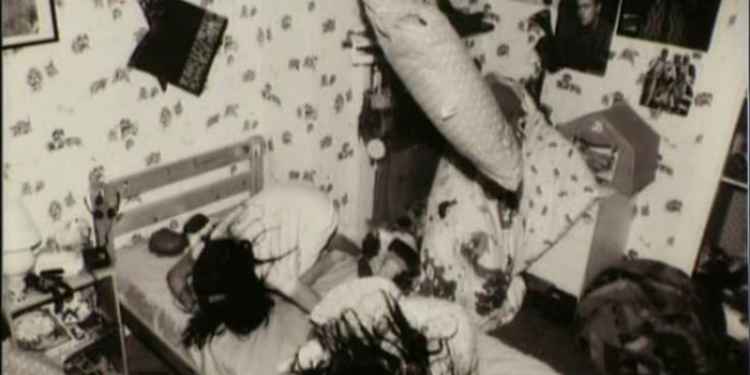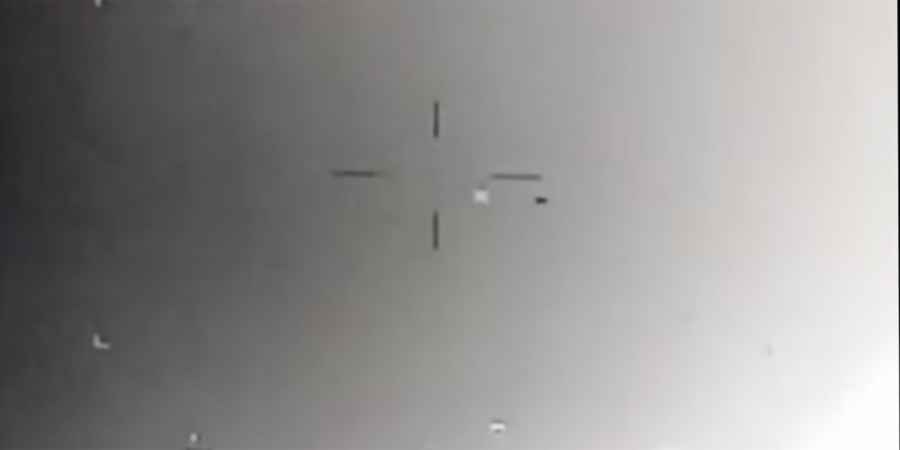

The term "men in black" refers to mysterious figures who appear in various accounts related to UFO sightings and extraterrestrial encounters. These individuals are typically described as wearing identical black suits, white shirts, black ties, and sometimes black hats and dark sunglasses.
The men in black are said to visit people who have reported witnessing UFOs or having had contact with aliens. Their purpose appears to be to silence or intimidate these witnesses, often through threats or by convincing them that what they saw was a figment of their imagination. The phenomenon of men in black first gained widespread attention in the 1950s and 1960s, a period marked by a surge in UFO sightings and interest in extraterrestrial life.
While men in black encounters are most famously associated with the United States, particularly during the mid-20th century, they are not exclusively an American phenomenon. Reports of encounters have surfaced in various countries around the world, including the United Kingdom, as well as Canada, Australia, and Latin America.
Men in black encounters are usually unsettling, with the men displaying an eerie calmness, often speaking in a monotone voice and using stilted, formal language that seems out of place and shows a lack of understanding of basic human behaviour or social norms. Witnesses frequently report that the men in black behave in an oddly mechanical or robotic manner, and their movements can appear awkward or unnatural. Some witnesses report men in black as having unnaturally pale or olive-toned skin, others suggest they have an otherworldly appearance, with features that seem slightly off, such as too-perfect skin, overly smooth faces, or strange eyes.
Accounts of men in black often describe experiences that are unsettling and bizarre, marked by the visitors' strange behaviour, distinctly uniform appearance, and intimidation tactics. These encounters usually occur after a witness has reported seeing a UFO or experiencing something related to extraterrestrial activity.
The men in black often arrive unexpectedly, usually at the home or workplace of the witness, and often display an uncanny knowledge of the witness's personal life and the details of their UFO encounter. They might refer to specific facts or events that the witness believes to be private. This knowledge is used to intimidate and convince the witness to remain silent about their experience.
During these encounters, the men in black typically issue threats or warnings to the witness. These threats can be explicit, such as warning the witness to stop talking about their UFO sighting or face severe consequences. Sometimes, the threats are more subtle, with the men in black implying that harm could come to the witness or their loved ones if they do not comply.
After delivering their message, the men in black leave as abruptly as they arrive. Witnesses often describe feeling a lingering sense of fear and unease after the encounter. The strange nature of the visit and the intimidation tactics used leave a lasting impression, often leading witnesses to question the reality of what they experienced.
There are various theories about the true nature of the men in black. Some believe they are government agents tasked with covering up evidence of extraterrestrial life. Others think they might be extraterrestrial beings themselves, disguised as humans, to monitor or control information about their presence on Earth. Another theory posits that they could be a form of advanced robotic or artificial intelligence created to perform these tasks without emotional interference.
However, these visits could have simply been government agencies, such as the CIA and the Air Force, investigating UFO sightings as part of then-classified programmes, such as Project Blue Book, a study of UFOs conducted by the United States Air Force from 1952 to 1969. While the project's primary goal was to determine if UFOs posed a threat to national security, it also served to debunk many sightings and reassure the public.
Additionally, during the Cold War, the US government was highly secretive about its military operations and technological advancements. This secrecy extended to experimental aircraft and weapons systems, leading to efforts to conceal these activities from both the public and foreign powers.
Change to "It's possible that the men in black were government agents visiting not just those who had witnessed UFOs, but also members of the public who had seen military test flights or other classified activities that they perhaps shouldn't have. It would have been the agents' job to silence these witnesses and prevent the spread of information that could compromise national security.
During the mid-20th century, particularly in the 1950s and 1960s, there were numerous reports of UFO sightings. This period coincided with significant advancements in aviation technology and the testing of experimental aircraft by military forces, especially in the United States. Many of these experimental craft, such as the U-2 spy plane and the SR-71 Blackbird, had unusual designs and capabilities that could easily be mistaken for extraterrestrial spacecraft.
Of course, it's also possible that claims of men in black encounters are fabrications, misunderstandings, or the result of psychological stress. After all, the number of accounts of people being visited by men in black are relatively low, and they are often anecdotal. The men in black could be seen as a convenient scapegoat for those looking to explain away the fear and confusion that often accompanies UFO sightings.
Additionally, the prevalence of men in black in popular culture might have led to instances of confirmation bias, where people mistakenly interpret encounters with any suited official, an otherwise common sight, as an encounter with a man in black.
While stories of these mysterious figures were more prevalent during the mid-20th century, modern-day accounts do occur, but they are few and far between. This could be due to the public's heightened interest in extraterrestrial life and government secrecy during the early days of space exploration and the Cold War.
Alternatively, with the advent of the internet and social media, it has become harder for men in black to intimidate or silence witnesses when people can share their experiences more openly and widely. This transparency empowers individuals to question and verify their encounters, reducing the mystery that once surrounded them.
Another factor is the recent shift towards government disclosure of UFO information, with several countries, including the United States, declassifying and releasing previously confidential UFO-related documents. This official acknowledgment reduces the need for shadowy figures to enforce secrecy, as there is growing acceptance of and transparency around the subject.
It could also be that the 1997 movie 'Men In Black', which was inspired by the phenomenon, has influenced public perception. The films presented a more comedic and less sinister portrayal of men in black, possibly diluting the fear and seriousness that surrounded the original accounts.
While reports of men in black encounters have become less common, there's no denying that their legacy persists. Despite the lack of concrete evidence, they have become an enduring part of the UFO phenomenon, and for those who have experienced them, the fear and conviction in their stories can be very real.
Notable Encounters
Although Men in Black stories are a staple of UFO and paranormal lore, the number of documented encounters is quite limited. Below are a few notable cases.
Albert K. Bender (1953)
One of the earliest and most famous cases. Bender, a UFO researcher, claimed that three Men in Black visited him at his home, warning him to stop his investigations. This encounter reportedly left him deeply frightened, leading him to abandon his research.
Robert Richardson (1967)
After reporting a UFO sighting in Ohio, Richardson claimed he was visited by two Men in Black who demanded he hand over a piece of metal he had found at the encounter site. When he told them he had sent the piece for analysis, they threatened him and left, never to return.
After reporting a UFO sighting in Ohio, Richardson claimed he was visited by two Men in Black who demanded he hand over a piece of metal he had found at the encounter site. When he told them he had sent the piece for analysis, they threatened him and left, never to return.
Herb Schirmer (1967)
A police officer in Nebraska, Schirmer reported seeing a UFO and its occupants. Following this sighting, he was allegedly visited by Men in Black, who warned him not to speak about his experience.
A police officer in Nebraska, Schirmer reported seeing a UFO and its occupants. Following this sighting, he was allegedly visited by Men in Black, who warned him not to speak about his experience.
Dr. Herbert Hopkins (1976)
A physician who was investigating a UFO case in Maine, Dr. Hopkins received a phone call from a man who claimed to be a UFO researcher. The man visited his home, dressed in black, and showed several strange behaviours, including making a coin disappear. He warned Hopkins to destroy his research material before leaving abruptly.
A physician who was investigating a UFO case in Maine, Dr. Hopkins received a phone call from a man who claimed to be a UFO researcher. The man visited his home, dressed in black, and showed several strange behaviours, including making a coin disappear. He warned Hopkins to destroy his research material before leaving abruptly.
More Essential Parapsychology
See All
ArrayOctober 11, 2024
The Reality Behind Kirlian Photography’s Glowing Auras

ArrayOctober 07, 2024
Could Retroactive Psychokinesis Allow Us To Influence The Past?

ArrayOctober 05, 2024
What Spontaneous Cases Are & Why Parapsychologists Research Them
Further Reading
Dive into the world of the paranormal and unexplained with books by Higgypop creator and writer Steve Higgins.

Alone At The Inn
The full account of a solo paranormal investigation at the Ancient Ram Inn, tied to a documentary film.
Buy Now
The Killamarsh Poltergeist
The story of a family in Killamarsh experiencing strange and unexplained events in their home.
Buy NowMore Like This

UfosApril 12, 2025
What Do Astronauts Say About UFOs?

UfosApril 04, 2025
David Grusch Claims US Government Possesses Multiple "Non-Human" Craft
 See More on Audible
See More on Audible



Comments
Want To Join The Conversation?
Sign in or create an account to leave a comment.
Sign In
Create Account
Account Settings
Be the first to comment.